The best part of novel unit planning is having a plan for the next three to four weeks. It feels liberating to have a unit planned and lessons ready to go.
It’s also fun to get students excited about a topic and a story, it’s the start of something new and it’s exciting.
Except when it isn’t, novel units can also feel overwhelming. Trying to fit all the things into the three to four weeks allocated can feel impossible.
Let’s take the overwhelm and kick it to the curb – this novel unit planning guide will streamline the process and bring back the fun of a novel unit.
- Start with the standards
- Consider which topics from the novel you will explore with your students
- Craft an Essential Question
- Gather vocabulary words students will need to know
- Determine pre-reading activities
- Determine during reading activities
- Determine post-reading activities
Start with the Standards
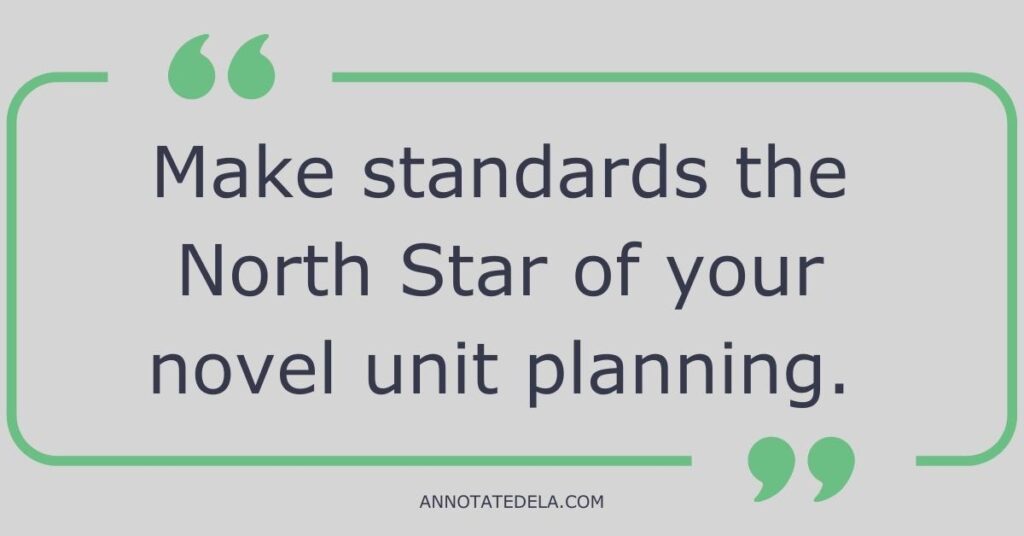
Novel Unit Planning: Topics and Themes
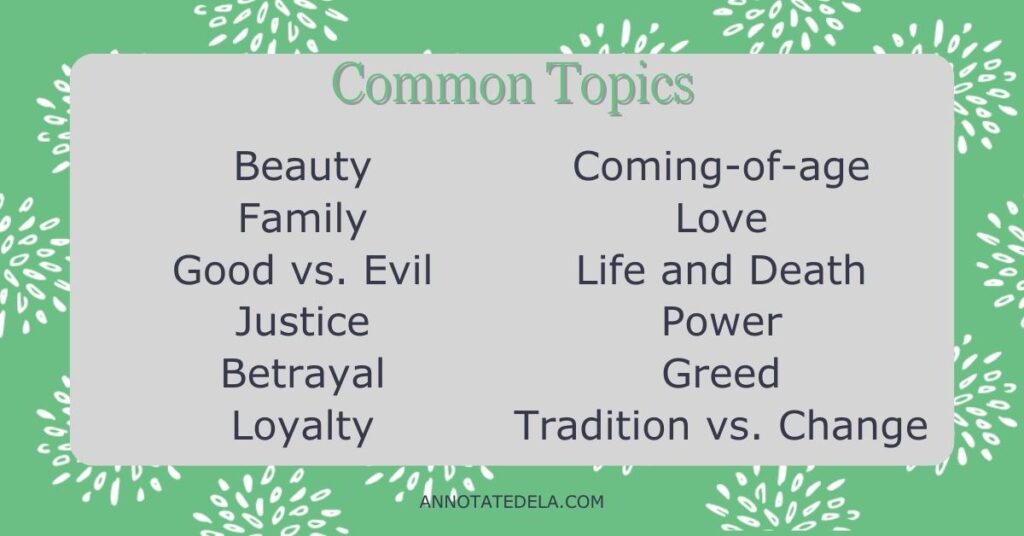
The next step is to decide which topics and themes to explore in the novel.
Make a list of three to five topics and keep them in mind while planning.
The list of topics and themes will be useful when crafting the essential question and creating activities for students to complete before, during, and after reading.
Novel Unit Planning: Essential Questions
It is time to craft the essential question.
Essential questions are a powerful and beneficial tool in the classroom and for novel units because essential questions encourage students to be curious and explore the topic on a deeper level.
Since there’s no real right or wrong answer to an essential question, they tend to encourage ongoing inquiry, spark more questions, invite the exploration of ideas, and encourage collaboration — all while allowing students to draw their own conclusions about the material.
Essential questions can be crafted in many ways, here is an example of an essential question:
What factors cause today’s global migrations?
This sentence frame can also be used to help craft essential questions:
What does _____ reveal about _____?
What does Bud, Not Buddy by Christopher Paul Curtis reveal about kindness and how it impacts people?
Gather the Vocabulary
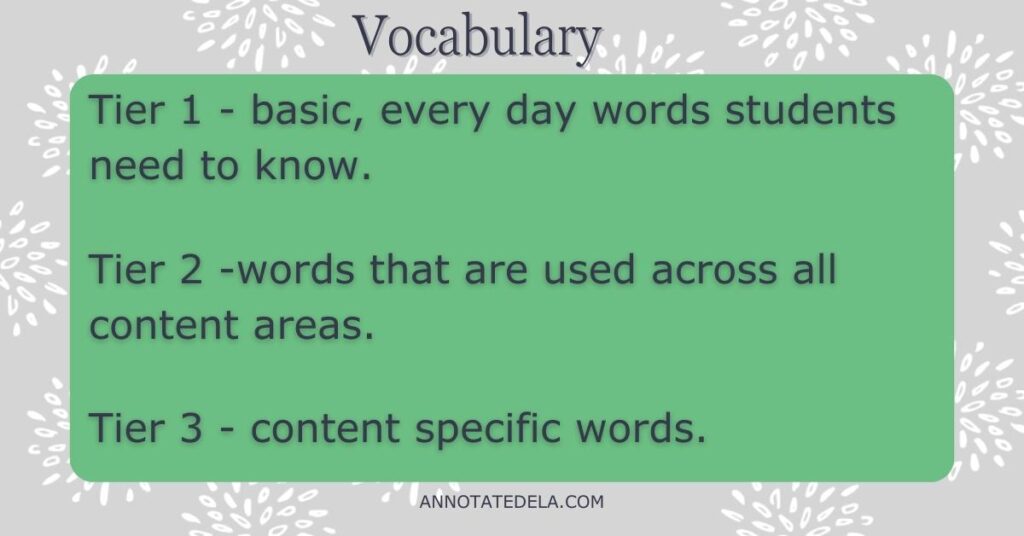
Gather Tier 1 words from the chapters of the novel. Looking for words that students may not know, but need to know to have a richer understanding of the characters, setting, plot, etc.
Choosing three to five words is a good rule of thumb, but more can be found.
A few thoughts on vocabulary:
- I tend to find ALL the words, for example I found twelve words in the first five pages of a novel I am planning to use.
- I write ALL the words down, because I want to have a complete list.
- I have students track vocabulary as we read, but the students only have to use three to five words from my very thorough list.
- This allows me to be extra and write all the words, and give my students choice, making the task less daunting.
- We do review all the words as a class. I want to encourage the students to be word collectors and get excited about words.
Another note, I do provide the students with the vocabulary words because it is a skill that needs to be practiced and I model as we go.
Next, gather Tier 2 words. What words will students need to know that are used across content areas?
For example: evaluate, analyze/analysis, infer, elaborate, etc
Finally, gather Tier 3 words for the unit. What content specific words will students need to be successful?
For example: plot, exposition, conflict, climax, character, point of view
Vocabulary instruction can be overwhelming, so start small. Choose three to five words for every few chapters.
Also, consider including Tier 2 and Tier 3 words in bell ringers or as exit tickets. Fit the vocabulary into the natural flow of the class.
Novel Unit Planning: Pre-Reading Activity

Pre-reading activities are an opportunity to hook students and provide some background on the topics and ideas that will be discussed while reading.
Pre-reading activities activate students’ thinking and prepares students to engage in the novel. These activities are essential to a successful novel unit.
Ideas for pre-reading activities include:
- Anticipation guides or stations: crafting statements related to the topics of the novel and have students agree or disagree with the statements and explain why.
- A ‘debate’: after students agree or disagree on paper, have students move to an agree or disagree side of the room as the teacher reads the statements.
- Use 10-15 quotes from the novel and have students make predictions about the novel using the quotes.
- Answer the essential question.
Novel Unit Planning: During Reading Activities
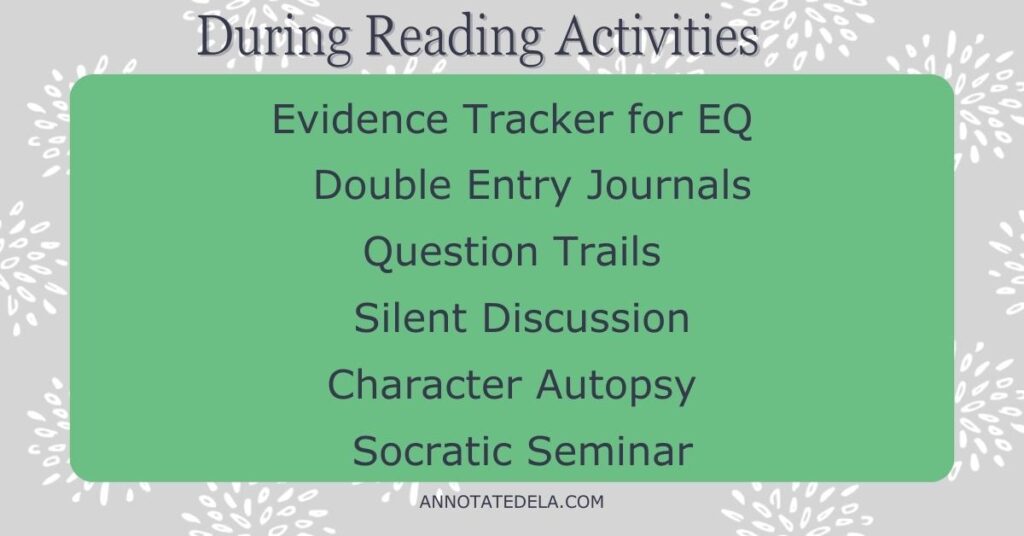
Having students complete activities while reading promotes comprehension and time to process information. Reading activities also encourage critical thinking and evidence tracking while students are reading.
Ideas for during reading activities:
- Evidence tracker for the essential question
- Comprehension questions or question trails
- Socratic seminar
- Silent discussions
- Double entry journals
- Character analysis activities
- One-pager
- Scavenger hunts
- Entrance and exit ticket quick writes
- Quizzes
Novel Unit Planning: Post-Reading Activities
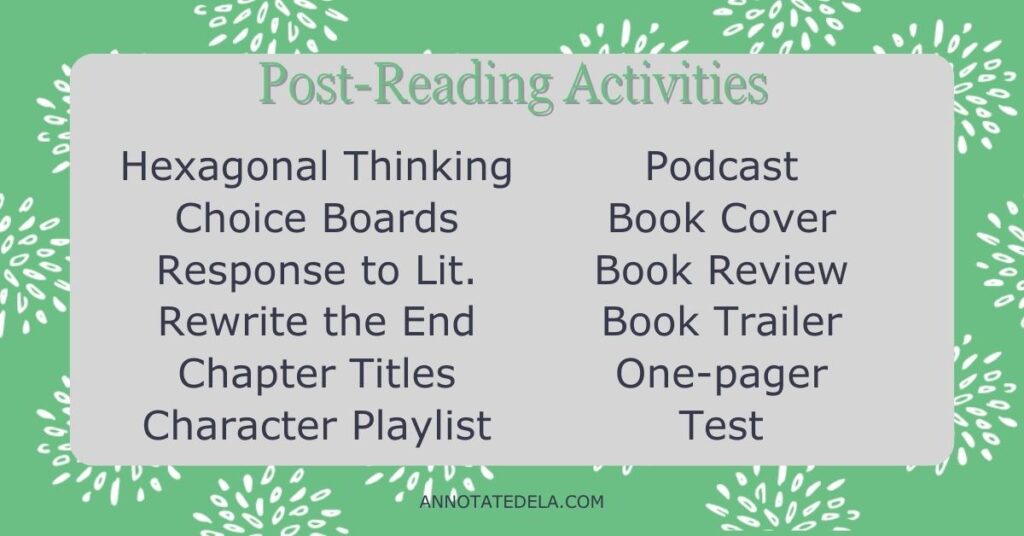
The end of a novel is the time to analyze and evaluate the topics and themes from the novel and finalize answers for the essential question.
Before determining after reading activities consider having students revisit their anticipation guide statements (if they were completed) and discuss if any of their answers have changed since reading the novel.
Also consider having students pull out their initial response to the essential question and make changes to their answer since reading the novel; taking into account the evidence they have gathered while reading the novel.
Possible after reading activities also include:
- Choice boards
- Hexagonal thinking
- Literary Analysis/Response to Literature (focused on the EQ)
- Rewrite the ending
- Create chapter titles if the novel does no include chapter titles
- Develop a character playlist
- Create a podcast/interview a character
- Create a book cover
- Write a book review/recommendation
- Make a book trailer video
- One-pager
- Test
Planning for a novel unit can feel like a daunting task, but it doesn’t have to be. Having a plan and sticking to the standards will make novel unit planning a breeze.

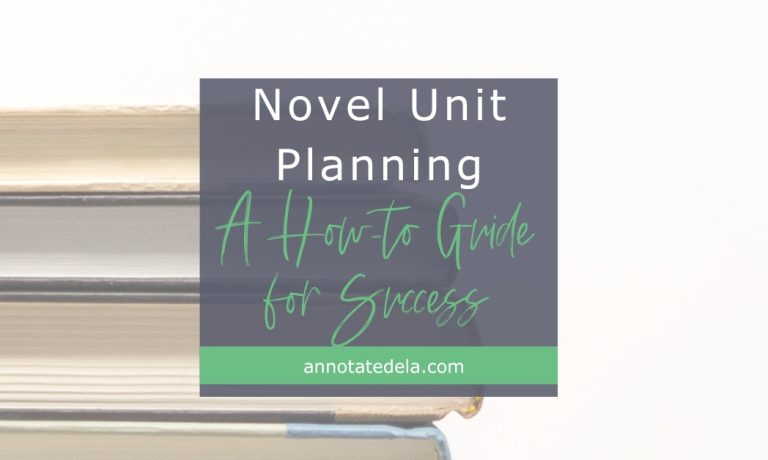


2 Responses